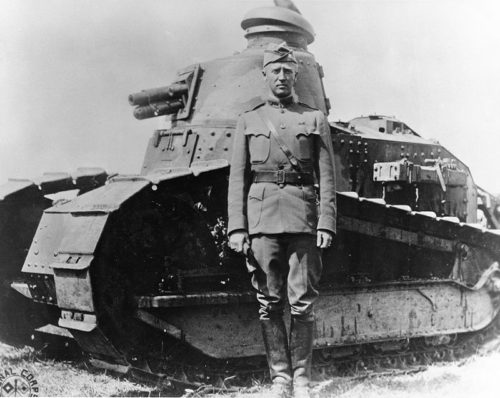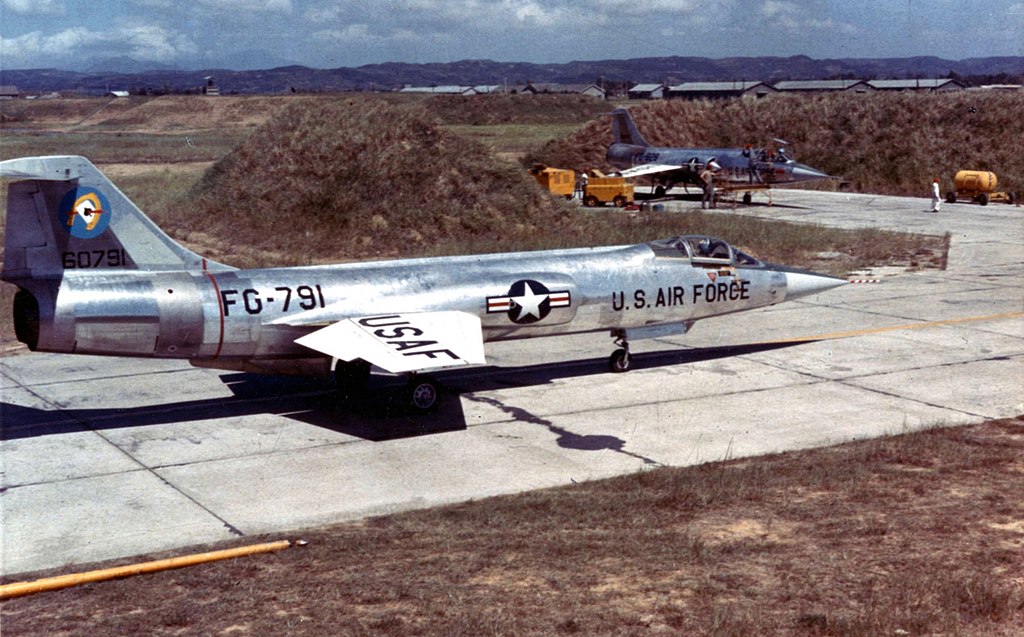August 30 in U.S. military history
1776: After a series of defeats by the British, Gen. George Washington’s Continental Army conducts a strategic withdrawal of Long Island, sneaking 10,000 men and their equipment through British Adm. Richard Howe’s picket force under cover of darkness. Richard’s brother, Gen. William Howe, sends a letter to Gen. George Washington seeking a peace conference. Washington rejects the offer, forwarding the message to Congress instead. Diplomacy falls flat when the British refuse to recognize American independence on Sept. 11, and the British respond by capturing New York City four days later.
1862: Near Lexington, Ky., Maj. Gen. Edmund Kirby Smith accomplishes the “nearest thing to a Cannae” (Hannibal’s double envelopment of the Roman army – perhaps the greatest tactical achievement in military history) during the Civil War. The Confederates rout Maj. Gen. William “Bull” Nelson’s inexperienced Union troops – capturing over 4,000 – in the Battle of Richmond.
1918: Southeast of Verdun, France, Gen. John J. Pershing’s First Army moves into position at the Saint-Mihiel salient. Among Pershing’s three U.S. (and one French) corps is Lt. Col. George S. Patton, Jr.’s newly formed 1st Provisional Tank Brigade, which will conduct the first tank warfare in American history in the upcoming Battle of Saint-Mihiel – the first independently-led American operation of World War I.

1943: When Marine 1st Lt. Kenneth A. Walsh’s F4U Corsair develops engine trouble in the middle of a vital escort mission in the Solomon Islands, Walsh lands his aircraft at Munda and switches out with another ride, and quickly returns to the air to rendezvous with his package. While enroute, he spots a flight of 50 enemy Zero fighters and despite the incredible 50:1 odds, the Devil Dog attacks. Walsh’s guns send four Japanese fighters down in flames before they knock the lone American out of the sky. Walsh makes a deadstick landing near Vella Lavella and is later recovered.
For his actions, Walsh is awarded the Medal of Honor. He finishes the war with 21 victories.
1958: (Featured image) When China threatens to invade Taiwan, President Dwight Eisenhower deploys the Navy’s Seventh Fleet to the strait in addition to sending the Air Force’s Composite Air Strike Force to the island. Secretly, the United States arms the Nationalist Chinese Air Force’s American-made F-86 Sabres with new AIM-9 Sidewinder missiles, which will prove devastating to communist MiG-15 and MiG-17 jets in coming days, deastroying nearly three dozen in air-to-air combat.
1963: After the United States and Soviet Union narrowly avoid war during the Cuban Missile Crisis, a “hot line” is installed between the Pentagon and Kremlin, providing the two nuclear-armed superpowers with instant communication in hopes of preventing another conflict. The U.S. sends “The quick brown fox jumped over the lazy dog’s back 1234567890,” and the Soviets respond with another message indicating all their teletype keys are functioning. The 10,000-mile secure cable connection still operates today, however it has been upgraded to a telephone system.
1983: Guion Bluford, a former Air Force F-4C Phantom II fighter pilot with 144 combat missions in Vietnam, becomes the first black astronaut in space when Space Shuttle Challenger blasts off on its third mission. Accompanying Col. Bluford are Richard Truly (former F-8 Crusader aviator and retired Vice Admiral), Daniel Brandenstien (A-6 aviator with 192 combat missions and captain in the U.S. Navy), Dale Gardner (F-14 Tomcat pilot and Navy captain), and William Thornton (U.S. Air Force doctor).
1995: NATO begins its first bombing campaign, Operation DELIBERATE FORCE. American land- and carrier-based warplanes, along with aircraft from 14 other nations, drop over 1,000 precision-guided munitions on Bosnian Serb positions, and the operation marks the first combat action for the German Luftwaffe since the end of World War II 50 years earlier.

Today’s post is in honor of Marine Chief Warrant Officer 4 William L. Vick who was killed on this day in 1968 at the Ha Thanh Special Forces Camp. Vick, who was attempting to defuse a dud rocket that landed inside the camp, was one of five Americans killed when another rocket hit their location. Prior to serving in Vietnam, he was a veteran of World War II and Korea, serving in the Chosin Reservoir where he earned the Silver Star.
Both of Vick’s Marine explosive ordnance disposal teammates, Capt. James W. Jones, (Hawthorne, Calif.) and Sgt. John R. Beck (Goshen, N.Y.) were killed in the 1968 attack mentioned above, as were Master Sgt. Tadeusz Sosniak (Burlington, Ontario) and Pfc. Richard E. Traster of Special Forces Detachment A-104. Five other soldiers were wounded — all by the same rocket.
